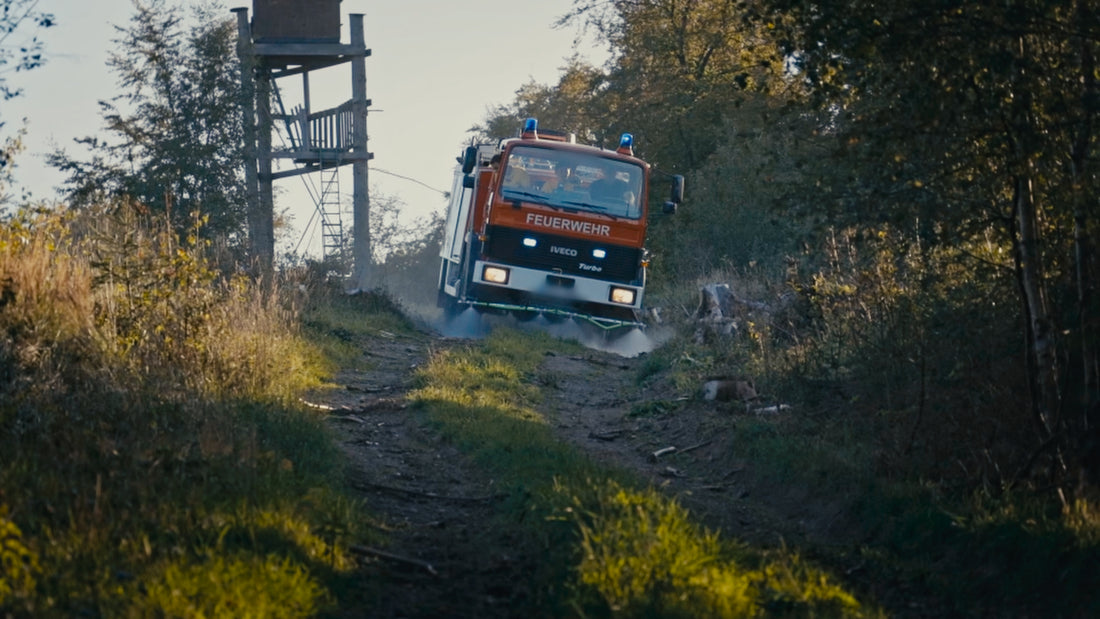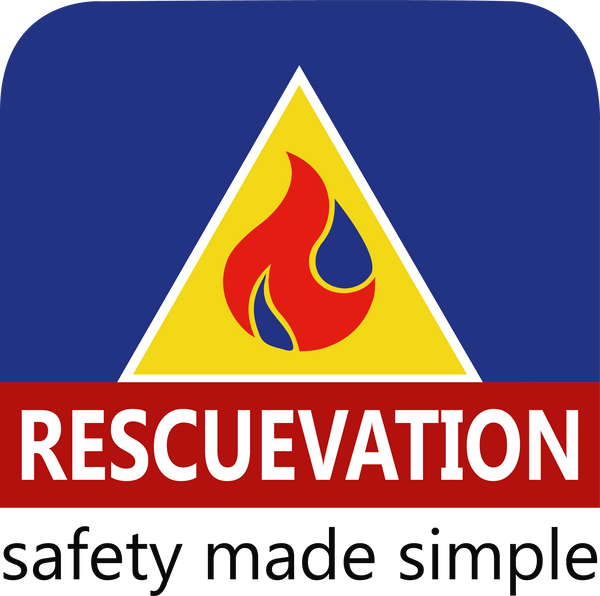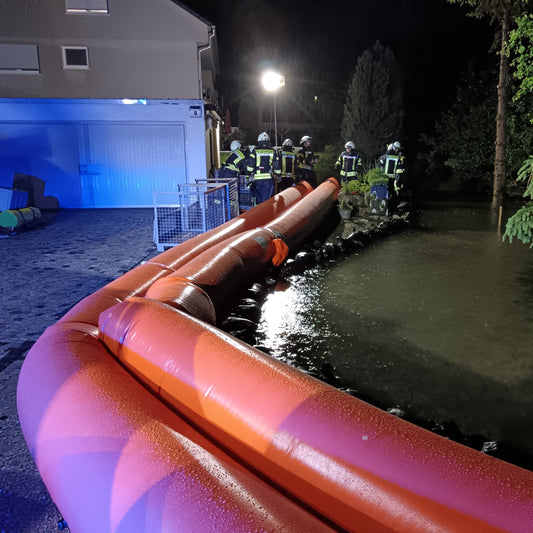
LACES - The scheme for forest fire fighting
Share
🔥 Maximum safety during forest and wildfires: The “LACES” rule in focus 🌲🚒
In the world of firefighting, the safety of emergency responders is of utmost importance. Especially in wildfires and wildland fires, which can be unpredictable and dangerous, the "LACES" rule provides a structured and proven approach to minimize risks and maximize response effectiveness. Let's take a closer look at the individual components of this vital rule:
🔍 L - Lookout (Set up an observation post) 👀
When fighting a fire, it's crucial to keep a constant eye on the situation. A dedicated observer plays a pivotal role. Equipped with binoculars 🔭, weather reconnaissance equipment 🌡️, and a signaling device 📢, they monitor weather conditions and the progression of the fire. Early warning of sudden weather changes 🌬️ or the appearance of fire pockets 🔥 can be crucial to ensuring the safety of emergency personnel.
⚓ A - Anchorpoint (secure anchor points)
Safe anchor points are the backbone of any operation. These locations, such as non-combustible surfaces 🛤️ or fully extinguished areas 🚫🔥, provide protection against uncontrolled reignition. They serve as a strategic base from which emergency personnel can operate safely.
📞 C - Communications (Ensuring communication)
Effective communication is essential for any successful firefighting operation. Seamless communication between command and units enables rapid response to changing situations. Aircraft must also be integrated into the communication loop to ensure comprehensive safety coordination.
🚪 E - Escape (Ensure escape/rescue route)
In an emergency, every operational area must have clearly defined and marked escape routes 🛤️. These routes lead to safe zones 🛡️, which must be communicated to all emergency personnel in advance. This ensures that a quick and orderly evacuation can be carried out in an emergency.
🛡️ S - Safety (Explore or create a safety zone)
Safety zones are essential to provide emergency personnel with a protected place to retreat. These zones can be natural barriers such as roads, bodies of water 🌊, or rocky areas 🪨 and must be large enough to safely accommodate all emergency personnel.
🚒 Trade safely and effectively with the “LACES” rule!
Implementing the LACES rule ensures firefighters are optimally prepared to successfully meet the challenges of wildfires. Every element of this rule contributes to minimizing risk and maximizing safety. Make the LACES rule an integral part of your response strategy and ensure your teams can work safely and effectively. 🌟
Share this post with your colleagues and incorporate the "LACES" rule into your daily practice to increase safety during operations! 🚨👨🚒👩🚒



